Prepare with confidence for the 2025 ARRT Radiography Certification Exam with this comprehensive test bank, featuring all 230 questions meticulously crafted to mirror the format, difficulty, and content of actual past exams administered by the American Registry of Radiologic Technologists (ARRT). This premium study resource includes 200 scored questions and 30 unscored pilot questions, reflecting the exact breakdown of the official exam, covering four core domains: Patient Care (33 questions), Safety (50 questions), Image Production (55 questions), and Procedures (62 questions). Each question is paired with a 100% correct answer and a detailed rationale, providing in-depth explanations of why the chosen answer is correct and why incorrect options fail—empowering you to master both the “how” and “why” behind radiographic practice.
Designed for aspiring radiologic technologists, this product aligns with the latest ARRT Content Specifications (effective 2025), ensuring relevance to current standards in patient interactions, radiation safety, image acquisition, and radiographic procedures. Questions span multiple-choice formats with realistic clinical scenarios, including topics like contrast reactions, radiation dose limits, kVp/mAs adjustments, and precise positioning for projections like the Waters view or lateral lumbar spine. The resource also simulates the computer-based testing environment with a 3-hour-50-minute time limit, helping you build stamina and refine time management. Whether you’re pursuing the primary or postprimary eligibility pathway, this test bank offers adaptive learning tools, performance tracking, and a mock exam interface to identify strengths and weaknesses. Pass your ARRT Radiography Exam on the first attempt with this ultimate preparation tool—updated for 2025 and backed by expert radiologic technologists.
Preview
- What is the most appropriate way to verify a patient’s identity before a radiographic procedure?
A) Ask the patient to state their full name and date of birth
B) Check the patient’s room number
C) Rely on the nurse’s verbal confirmation
D) Use the patient’s chart number only
Answer: A
Rationale: ARRT emphasizes two identifiers (name and DOB) to ensure patient safety and avoid errors, per standard protocols. - A patient with a suspected fracture is in severe pain. What should the radiographer do first?
A) Administer pain medication
B) Position the patient for imaging immediately
C) Assess the patient’s pain level and communicate with the healthcare team
D) Proceed with imaging without addressing the pain
Answer: C
Rationale: Radiographers assess and communicate patient needs within their scope, not administer meds or ignore discomfort. - Which of the following is a key component of informed consent for a radiographic exam?
A) Explaining the procedure’s risks and benefits
B) Obtaining a signature without discussion
C) Assuming consent if the patient is silent
D) Skipping consent for emergency cases
Answer: A
Rationale: Informed consent requires explaining risks, benefits, and alternatives, ensuring patient understanding. - How should a radiographer handle a patient who refuses a procedure?
A) Proceed anyway if it’s medically necessary
B) overall, respect the refusal and notify the referring physician
C) Convince the patient to agree
D) Ignore the refusal and document it later
Answer: B
Rationale: Patient autonomy is a core principle; refusal must be respected and reported.
5. What is the primary purpose of using lead shielding during a radiographic exam?
A) To reduce patient discomfort
B) To protect against scatter radiation
C) To improve image contrast
D) To shorten exposure time
Answer: B
Rationale: Lead shielding minimizes gonadal and other sensitive tissue exposure to scatter radiation, per ALARA principles.




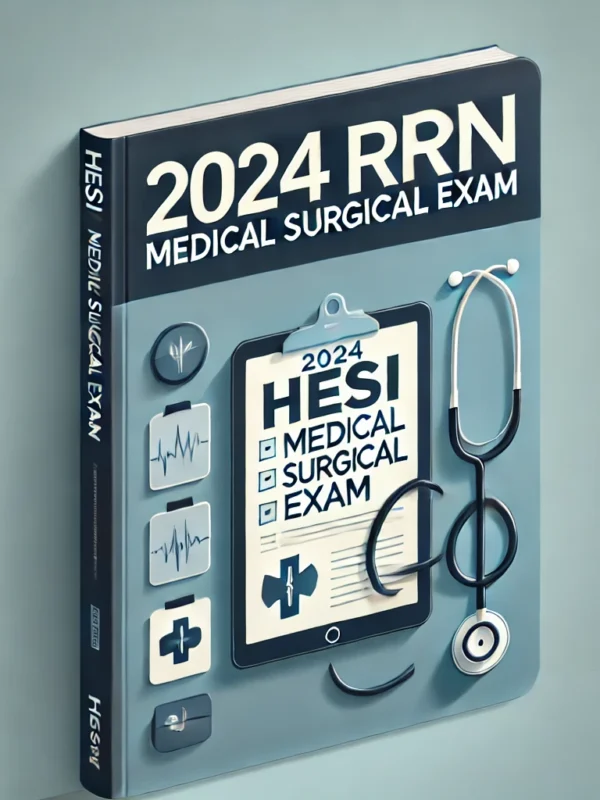
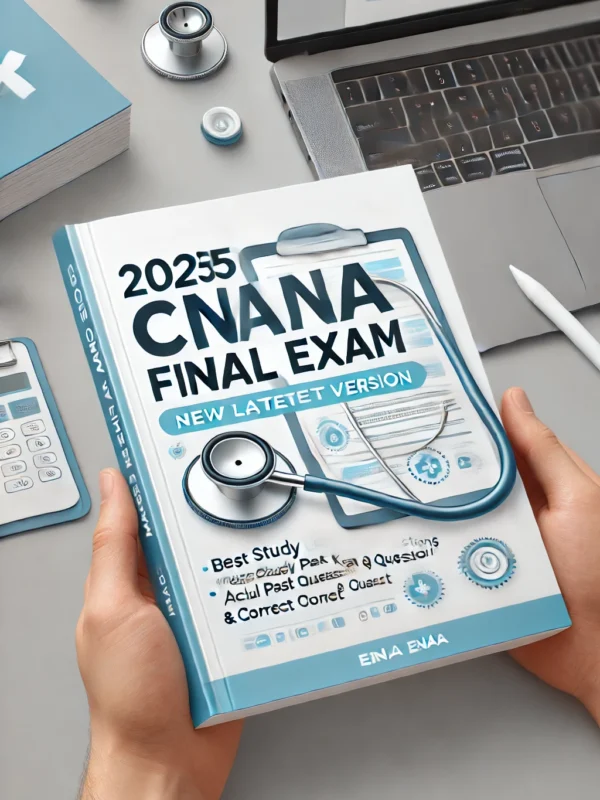
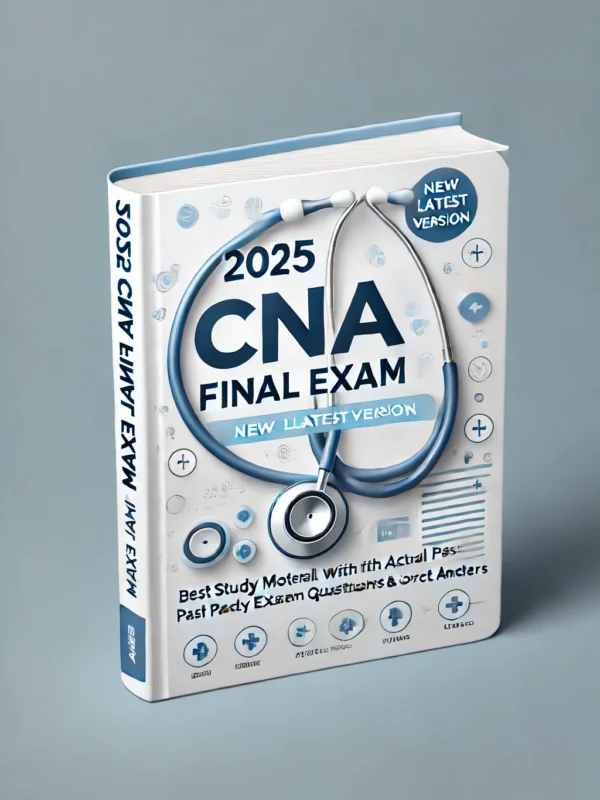
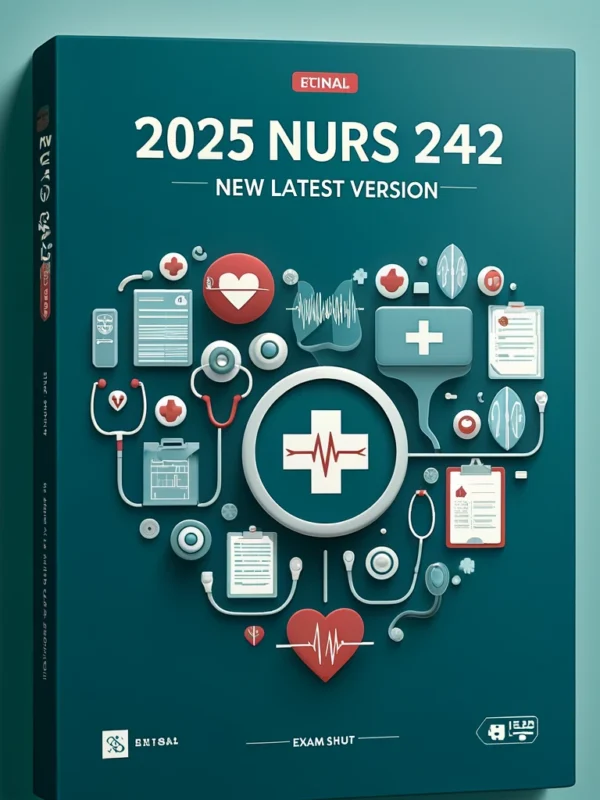
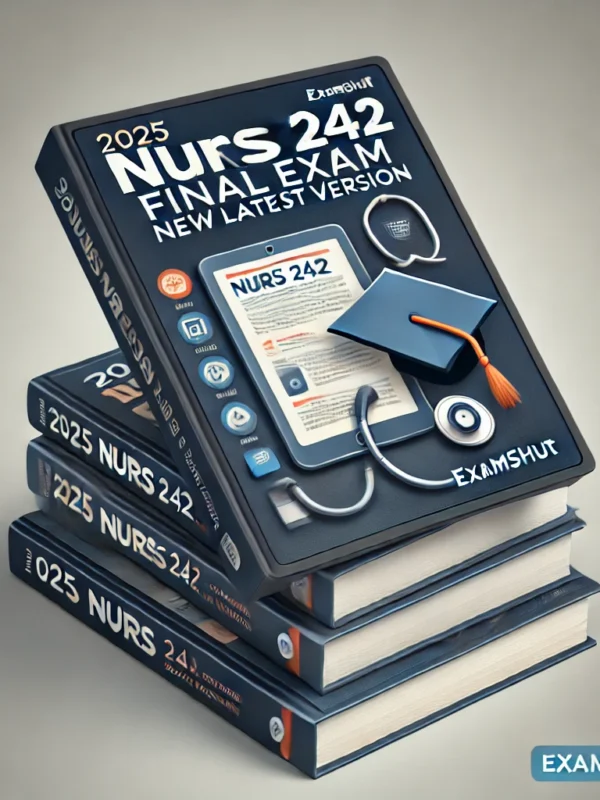
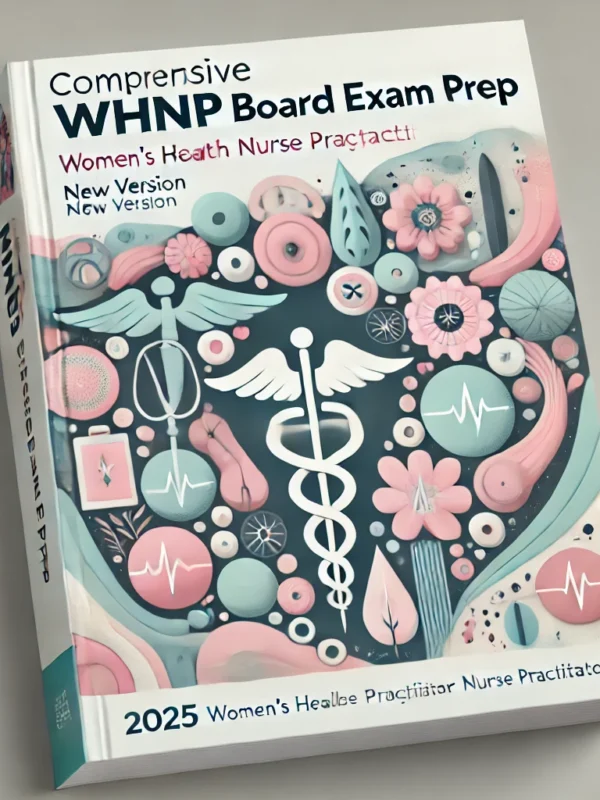
Reviews
There are no reviews yet.